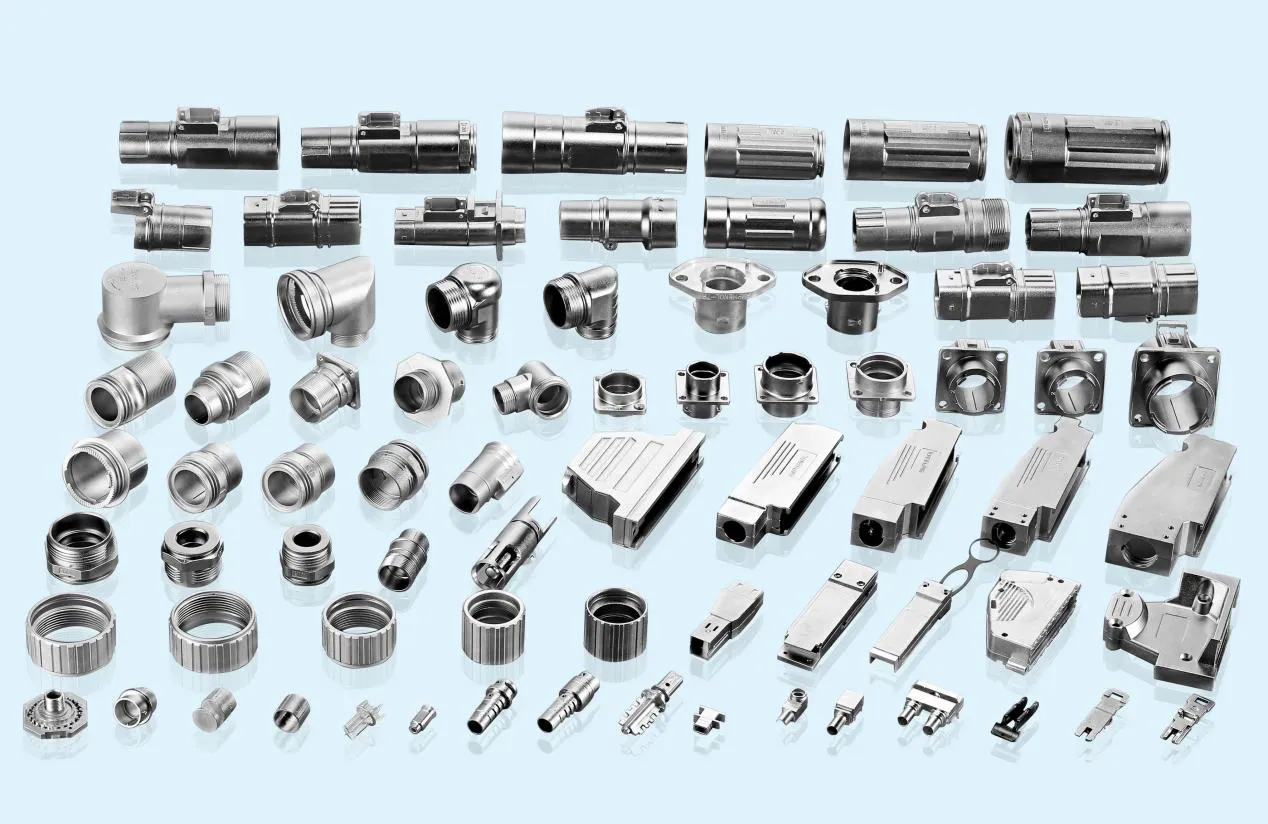Advantages of Green Sand Casting Over Other Methods
When selecting a casting method for industrial production, green sand casting stands out for its cost-efficiency, flexibility, and suitability for bulk manufacturing. This article explores why businesses sourcing casting sand for sale or partnering with a sand casting manufacturer should prioritize this method, especially for materials like sand casting grey cast iron. Below, we delve into its unique benefits over other types of sand casting.

Cost-Effectiveness and Availability of Casting Sand for Sale
One of the most significant advantages of green sand casting is its affordability, largely due to the widespread availability of casting sand for sale. The primary material—a mixture of silica sand, clay, and water—is inexpensive and reusable, making it ideal for high-volume production. Unlike specialized resins or binders used in other types of sand casting, green sand requires minimal processing, reducing overhead costs. Manufacturers purchasing casting sand for sale in bulk benefit from economies of scale, ensuring consistent quality without compromising budget. Additionally, the simplicity of the process reduces tooling expenses, making it a preferred choice for producing sand casting grey cast iron components like engine blocks or machinery parts.
Versatility of Green Sand Casting in Industrial Applications
Green sand casting excels in versatility, accommodating everything from small gears to large industrial molds. This method supports intricate designs and diverse geometries, a flexibility unmatched by many other types of sand casting. Its adaptability makes it ideal for sand casting grey cast iron, a material prized for its durability and vibration-damping properties. Whether creating automotive parts or agricultural machinery, manufacturers rely on green sand casting to meet strict tolerances while maintaining cost efficiency. The reusable nature of the sand also aligns with sustainable practices, appealing to eco-conscious partners seeking long-term sand casting manufacturer collaborations.
Adaptability of Types of Sand Casting for Complex Designs
While there are multiple types of sand casting, green sand casting uniquely balances complexity and practicality. Unlike shell molding or investment casting, which require specialized materials, green sand molds can be easily adjusted or repaired during production. This adaptability is critical when working with sand casting grey cast iron, as the material’s high carbon content demands precise cooling rates. The method’s forgiving nature allows manufacturers to experiment with innovative designs without significant downtime. For bulk orders, this translates to faster turnaround times and fewer material waste concerns, reinforcing why global suppliers prioritize casting sand for sale tailored to green sand processes.
The Role of a Reliable Sand Casting Manufacturer in Quality Assurance
Partnering with an experienced sand casting manufacturer ensures consistency, especially for sand casting grey cast iron components requiring rigorous quality checks. Reputable manufacturers leverage green sand casting to optimize flowability and reduce defects like porosity. Their expertise in selecting the right types of sand casting mixtures guarantees dimensional accuracy and surface finish, even for high-volume orders. By collaborating with a trusted sand casting manufacturer, businesses secure access to advanced techniques like automated molding systems, which enhance productivity while maintaining the cost benefits of casting sand for sale.
FAQs
What makes casting sand for sale a cost-effective option for bulk production?
The reusable nature of green sand and its low raw material costs make it ideal for large-scale orders. Suppliers offering casting sand for sale often provide volume discounts, further reducing per-unit expenses.
How does green sand casting compare to other types of sand casting in precision?
While methods like investment casting offer finer details, green sand casting balances precision with affordability, making it suitable for components like sand casting grey cast iron that prioritize strength over intricate aesthetics.
Can sand casting grey cast iron components achieve high dimensional consistency?
Yes, when produced by a skilled sand casting manufacturer, grey cast iron parts maintain tight tolerances due to green sand’s stability during cooling.
What should I look for in a sand casting manufacturer for grey iron projects?
Choose a manufacturer with expertise in green sand casting, a proven track record with sand casting grey cast iron, and capabilities for high-volume output.
Is green sand casting suitable for high-volume automotive parts?
Absolutely. Its rapid production cycle and scalability make it a go-to method for automotive components like brake drums or cylinder heads.
-
Types of Pressure Die CastingNewsMay.30,2025
-
Precision Casting Manufacturers for High-Quality Metal ComponentsNewsMay.30,2025
-
Key Steps in Aluminum Die Casting ManufacturingNewsMay.30,2025
-
How to Find Affordable Die Casting Components for SaleNewsMay.30,2025
-
General Topics on Casting & Die CastingNewsMay.30,2025
-
Discuss Leading Manufacturers SpecializingNewsMay.30,2025















